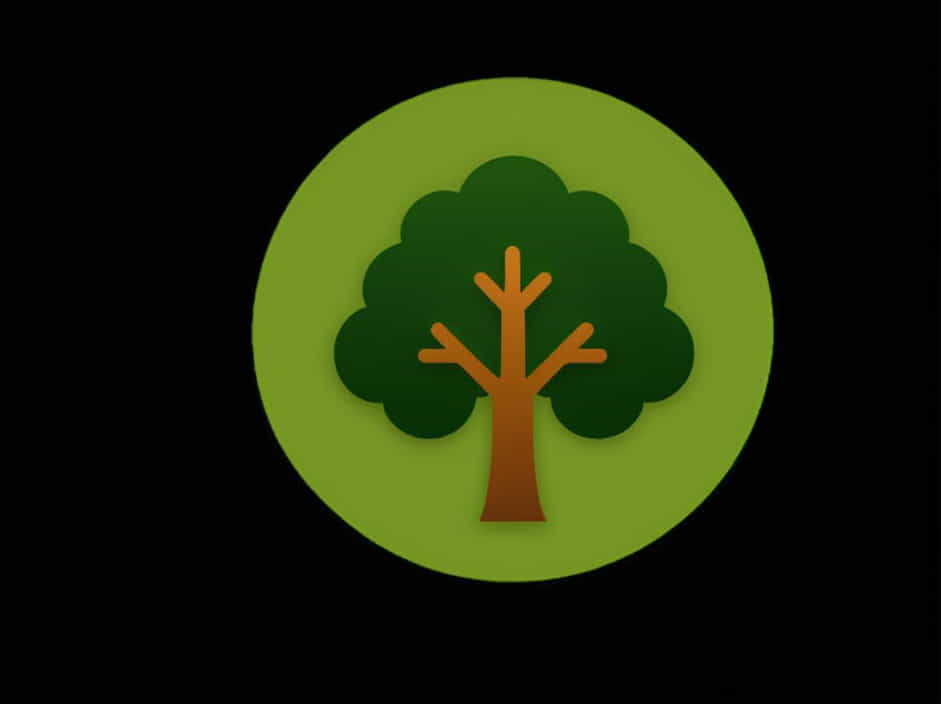Measuring the Diameter at Breast Height (DBH) is an essential method in forestry and environmental studies. However, when dealing with multi-stemmed trees, determining the DBH can be more complex than measuring a single-stem tree.
This guide explains the proper techniques for measuring DBH of multi-stemmed trees, why it is important, and how to ensure accurate results.
What Is DBH and Why Is It Important?
Definition of DBH
DBH refers to the diameter of a tree trunk measured at 1.3 meters (4.5 feet) above the ground. This standard measurement helps:
- Estimate tree growth and biomass.
- Assess forest health and carbon storage.
- Compare tree sizes across different locations.
Challenges with Multi-Stemmed Trees
Multi-stemmed trees have more than one trunk emerging from the same root system, making DBH measurement less straightforward. To maintain consistency, forestry experts use specific methods for these trees.
Methods for Measuring DBH of Multi-Stemmed Trees
1. Measuring Each Stem Separately
One common approach is to measure each stem individually at 1.3 meters above the ground and then combine the values to estimate total DBH.
Steps:
- Identify all stems at the DBH height.
- Measure the diameter of each stem separately using a diameter tape (D-tape) or calipers.
- Record the values and sum them up for total basal area calculations.
This method is useful when stems are well-separated and distinguishable.
2. Measuring the Largest Stem Only
Some protocols recommend measuring only the largest stem to represent the tree’s DBH. This method is easier but may not fully reflect the tree’s actual size and biomass.
3. Using a Combined Basal Area Approach
For a more accurate measurement, many foresters calculate the combined basal area of all stems at DBH height and then convert it back to an equivalent single-stem DBH using the formula:
Where D represents the diameter of each stem. This method provides a better estimate of total tree volume and is commonly used in scientific studies.
Tools for Measuring DBH
1. Diameter Tape (D-Tape)
- Provides a direct diameter reading by measuring circumference and dividing by π.
- Best for trees with relatively round stems.
2. Calipers
- Useful for measuring irregularly shaped stems.
- Measures two perpendicular diameters to get an average.
3. Relascope or Smartphone Apps
- Used for remote DBH estimation when trees are in difficult-to-reach areas.
- Some forestry apps allow for quick measurement using smartphone cameras.
Special Considerations for Measuring DBH
1. Trees with Buttress Roots
- Measure above the buttress where the trunk is more uniform.
- Typically done at 2 meters above the ground instead of 1.3 meters.
2. Trees Growing on Slopes
- Always measure DBH from the upslope side to maintain consistency.
3. Trees with Irregular Growth Patterns
- If the tree has swelling or scars at DBH height, measure slightly above or below the distortion.
Why Accurate DBH Measurement Matters
1. Forest Inventory and Management
- Helps track tree growth rates and timber volume.
- Assists in sustainable forestry planning.
2. Carbon Sequestration Studies
- Larger DBH trees store more carbon, making accurate measurements critical for climate studies.
3. Conservation and Biodiversity Research
- Used in ecological assessments to understand tree species diversity and health.
Measuring DBH of multi-stemmed trees requires careful consideration of tree structure and appropriate methods. Whether using individual stem measurements, basal area calculations, or simplified approaches, consistency is key to obtaining reliable data.
By following these techniques, foresters and researchers can ensure accurate tree measurements, contributing to better forest management and ecological studies.
